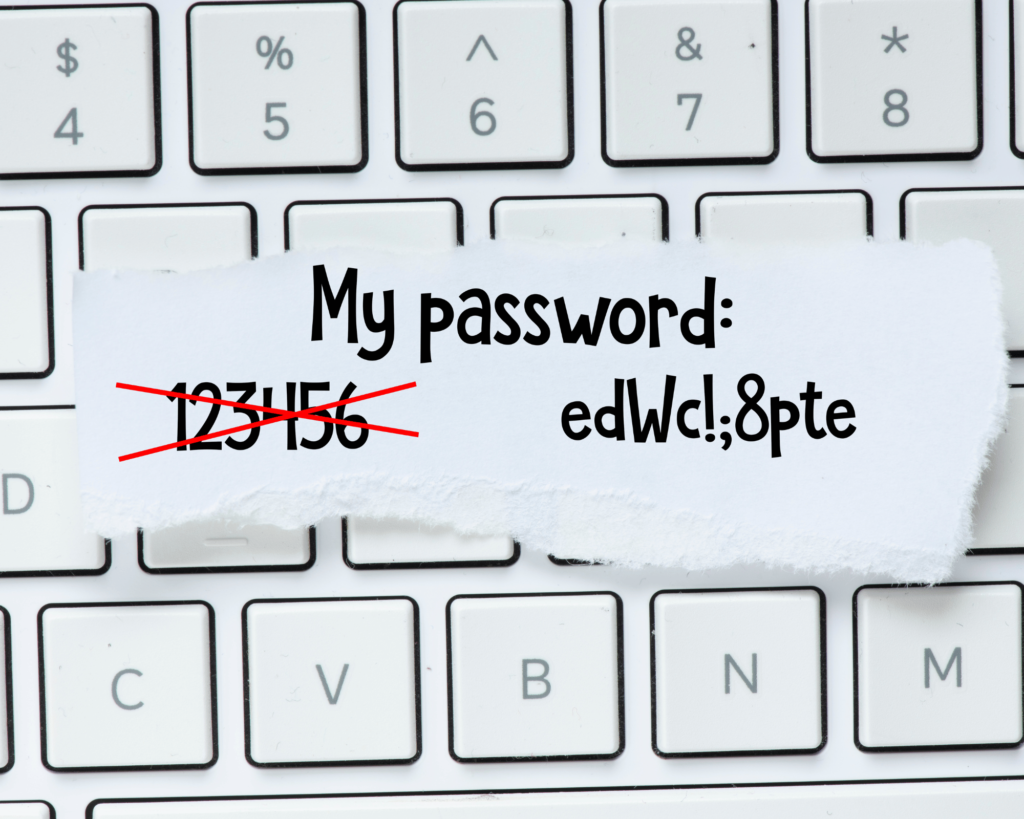Understanding Credential Stuffing
Credential stuffing is the digital equivalent of finding a key and trying it on every door in town. Attackers use automated tools to apply stolen username and password pairs across various websites in an attempt to gain unauthorized access. The process is simple: acquire a list of compromised credentials (often from a breach on one site) and then use software to automate login attempts across countless others.
This method exploits a critical vulnerability in human behavior – password reuse. Despite repeated warnings, many of us use the same password for multiple accounts, from social media to online banking. This habit creates a domino effect; once one account is breached, others are at risk.
The Scale of the Problem
The scale of credential stuffing attacks is staggering. Billions of credentials are already circulating on the dark web, fueling an ongoing barrage against personal and corporate accounts. These attacks are not just frequent; they are also increasingly sophisticated, employing techniques to mimic human login patterns and bypass standard security measures like CAPTCHAs.
Moreover, the fallout extends beyond unauthorized access. Compromised accounts can lead to financial theft, identity theft, and even damage to one’s reputation. For businesses, the consequences include data breaches, loss of customer trust, and significant financial penalties.
Building Your Defenses
The fight against credential stuffing begins with individual action but requires collective vigilance. Here are steps individuals and organizations can take to protect themselves:
For Individuals
- Use Unique Passwords: Each account should have its own password. This minimizes the risk if one account is compromised.
- Employ a Password Manager: Remembering a unique password for every account is daunting. Password managers can generate and store complex passwords for you, reducing the temptation to reuse passwords.
- Enable Two-Factor Authentication (2FA): 2FA adds an extra layer of security by requiring a second form of verification beyond just the password. Even if your password is compromised, 2FA can prevent unauthorized access.
For Organizations
- Implement Rate Limiting and Captcha: Throttle the number of login attempts and use CAPTCHAs to distinguish between humans and bots.
- Educate Your Users: Regularly inform your users about the risks of password reuse and the importance of secure password practices.
- Monitor for Breaches: Use tools and services that monitor the dark web for leaked credentials. This can help you take proactive steps if your organization’s data is compromised.
Looking Forward
Credential stuffing represents a significant and ongoing threat to digital security. It underscores the vulnerabilities inherent in our digital habits, particularly the reuse of passwords. However, it also highlights an opportunity for better security practices, both individually and organizationally.
As we move forward, the evolution of security measures like passwordless authentication and biometric verification offers hope for a more secure digital future. Until such technologies become ubiquitous, however, the principles of good password hygiene remain our best defense against the tide of credential stuffing attacks.
Credential stuffing is not just a technical challenge; it’s a behavioral one. Changing our habits around password use can seem like a small step, but it’s a leap towards securing our digital identities. By taking personal responsibility and advocating for stronger security measures, we can protect ourselves and our communities from the ripple effects of compromised credentials.

